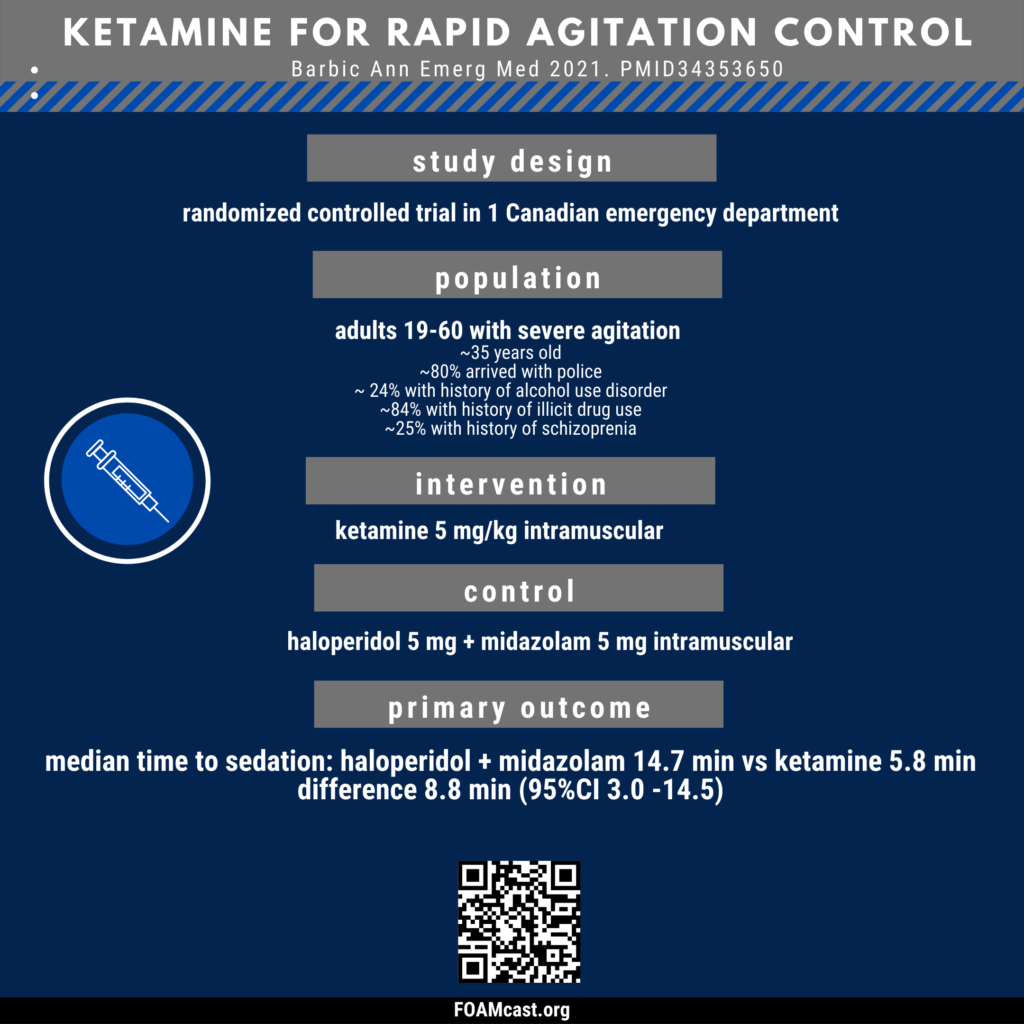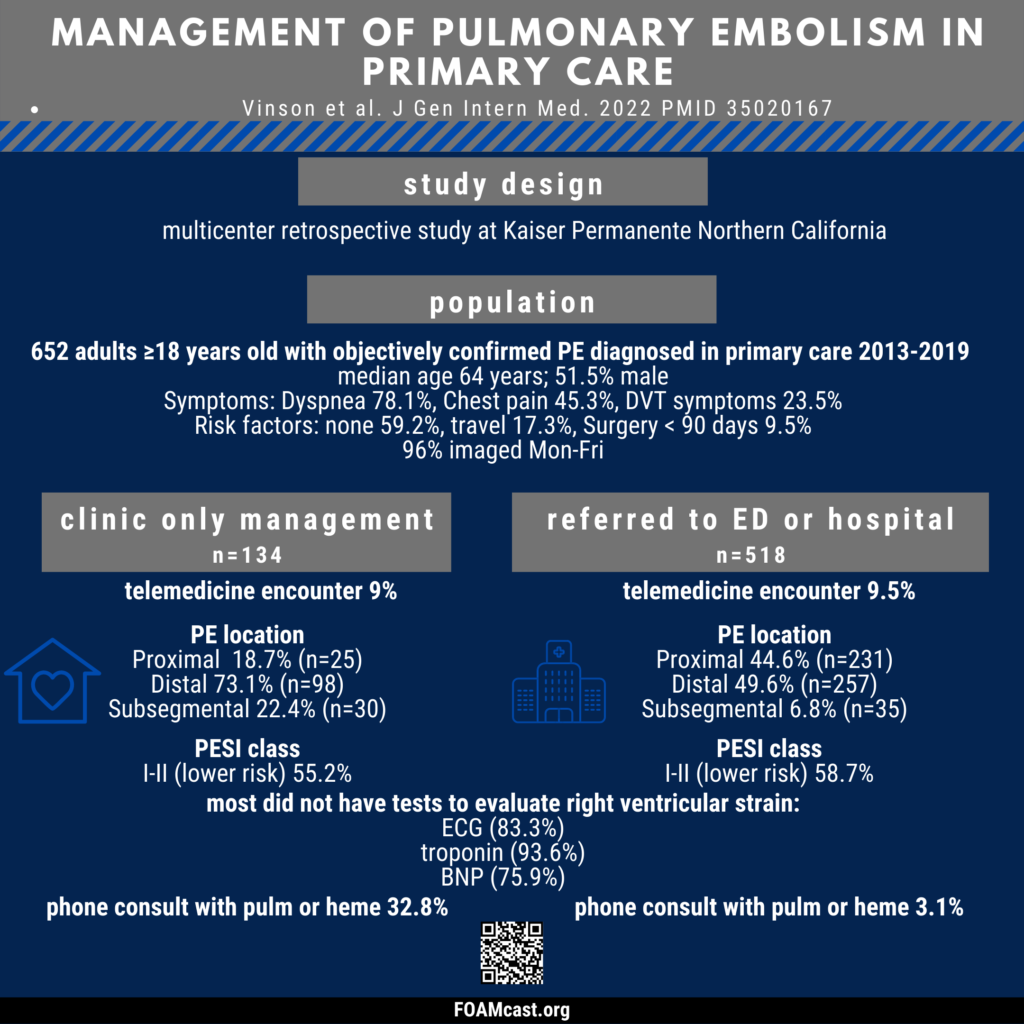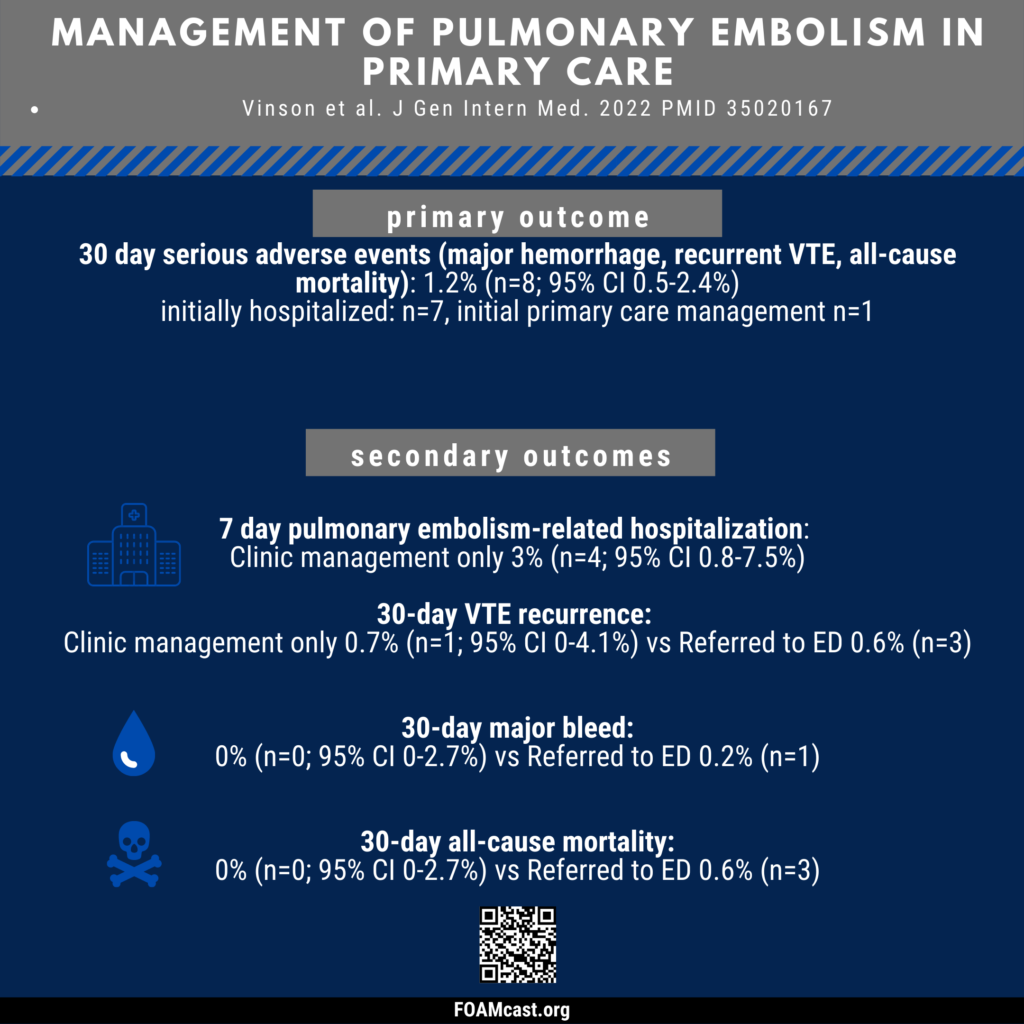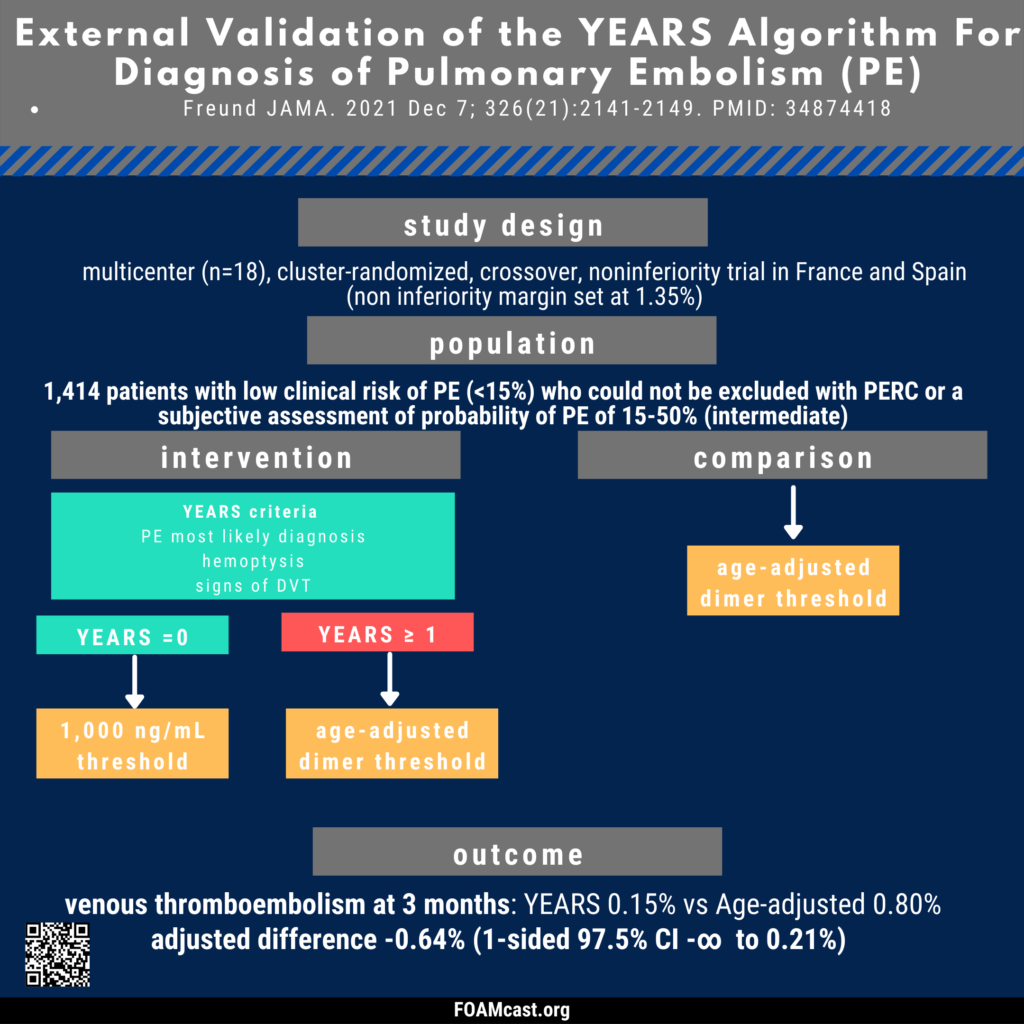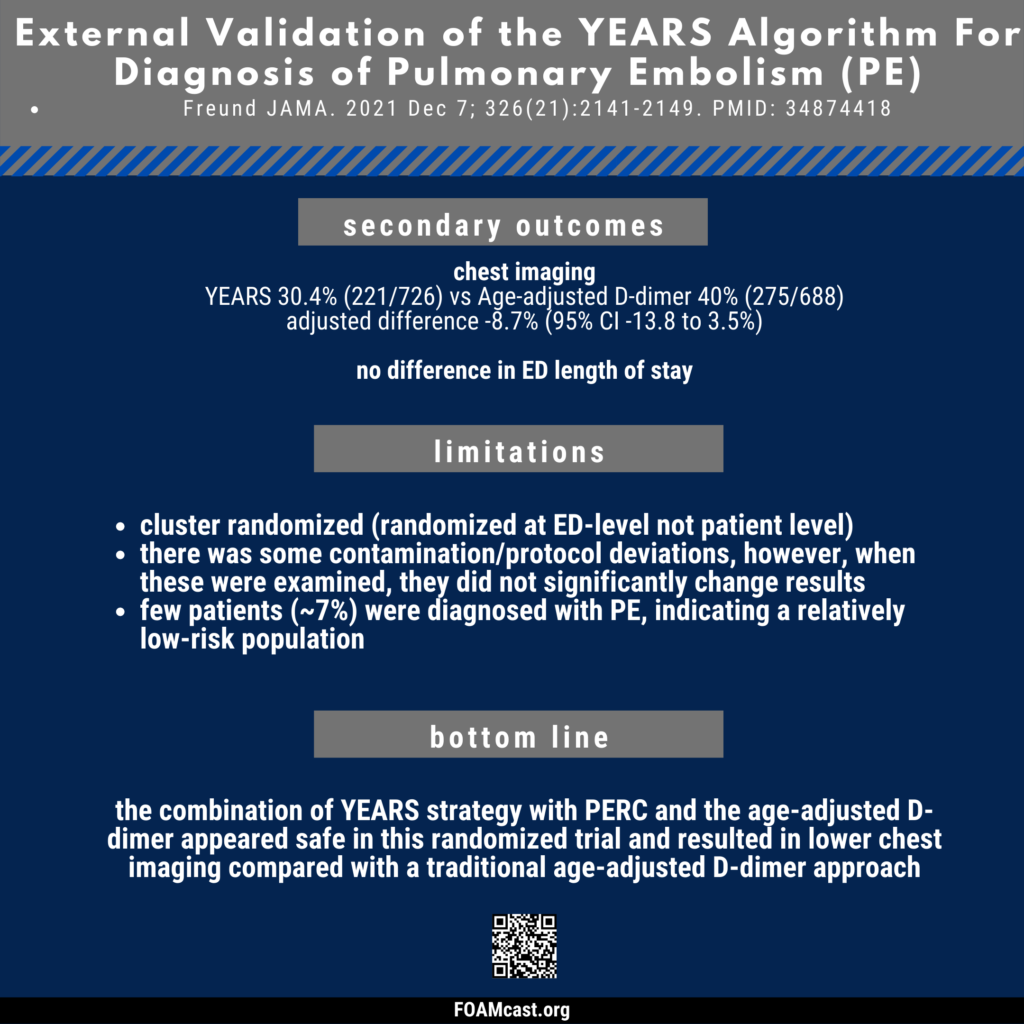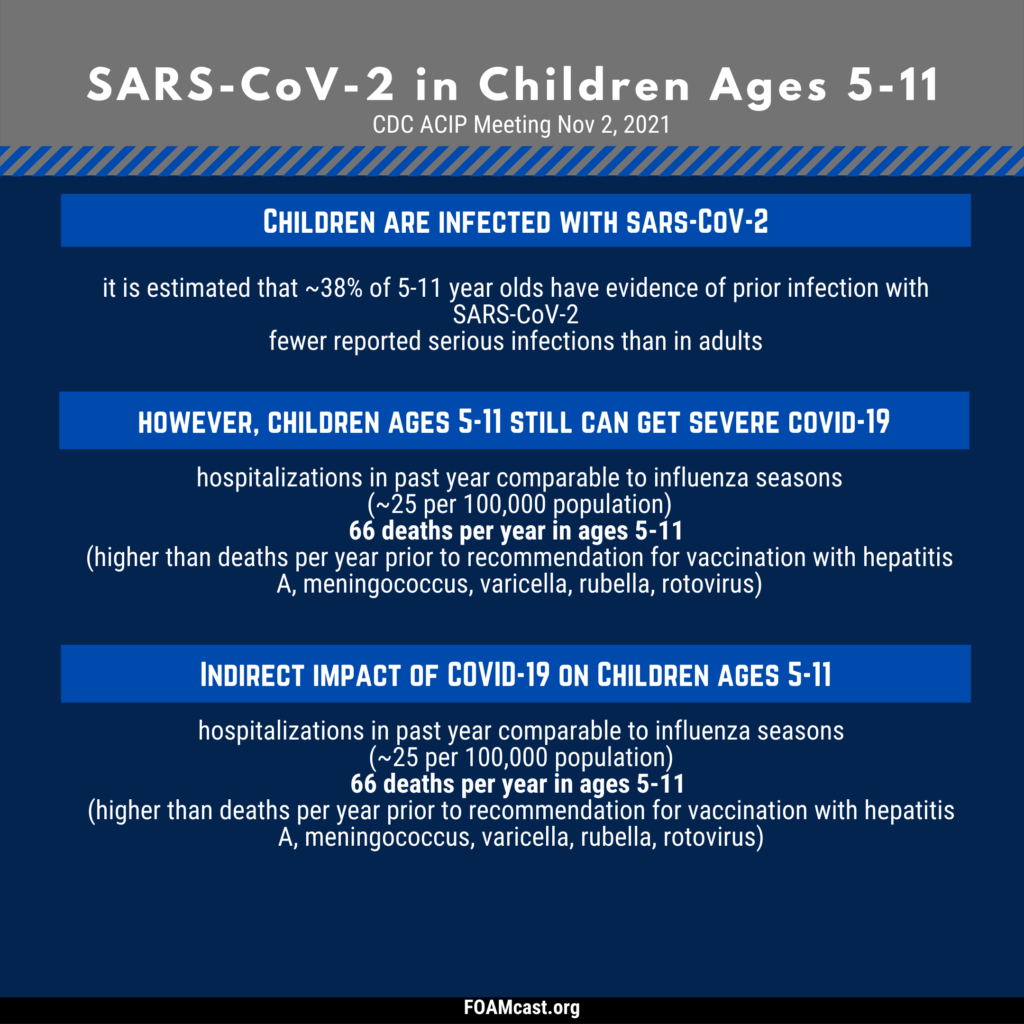Apple Podcasts , Spotify, Listen Here
Diphenhydramine and other first-generation antihistamines are ubiquitous in medicine cabinets across the globe. Clinicians commonly recommend or administer diphenhydramine (Benadryl) for a variety of diseases – anaphylaxis, allergic reactions, urticaria, benign headaches/migraines, and as a sleep aid. However, professional societies have recommended against many of these indications for decades and, in other cases, there are safer alternatives. For more reading and references, see this article in ACEPnow.


For more in-depth reviews: Podcast on anaphylaxis and podcast on urticaria





